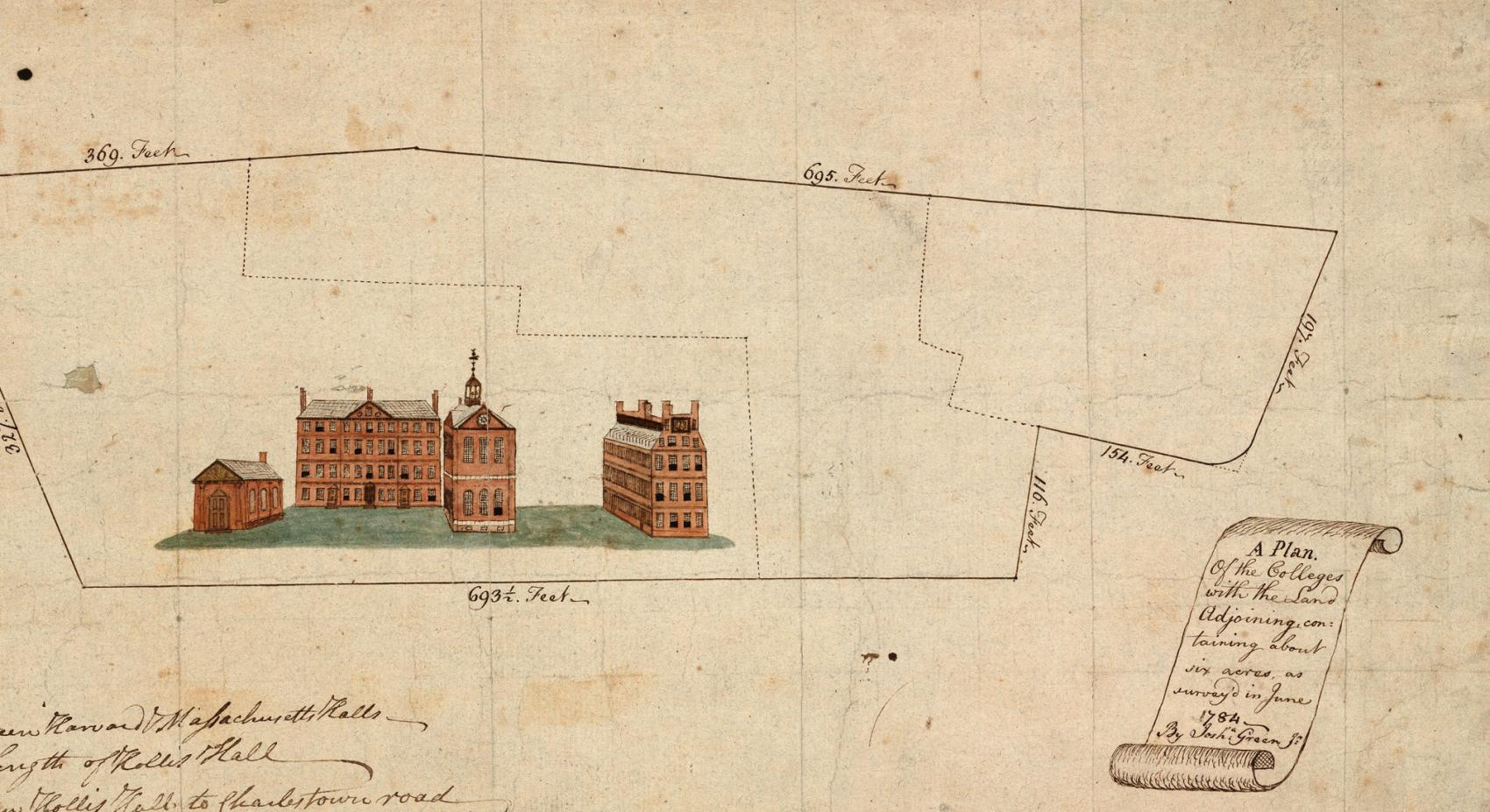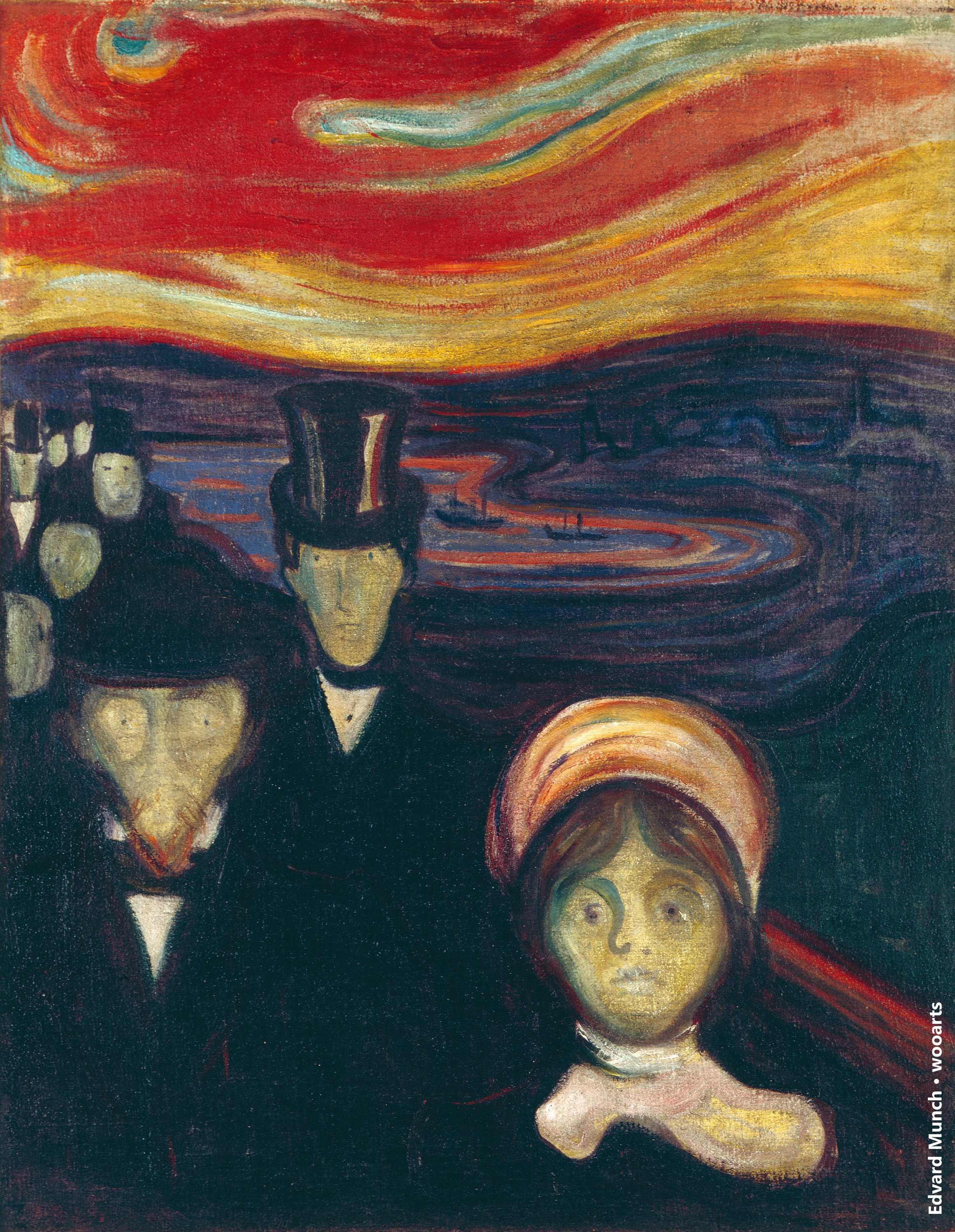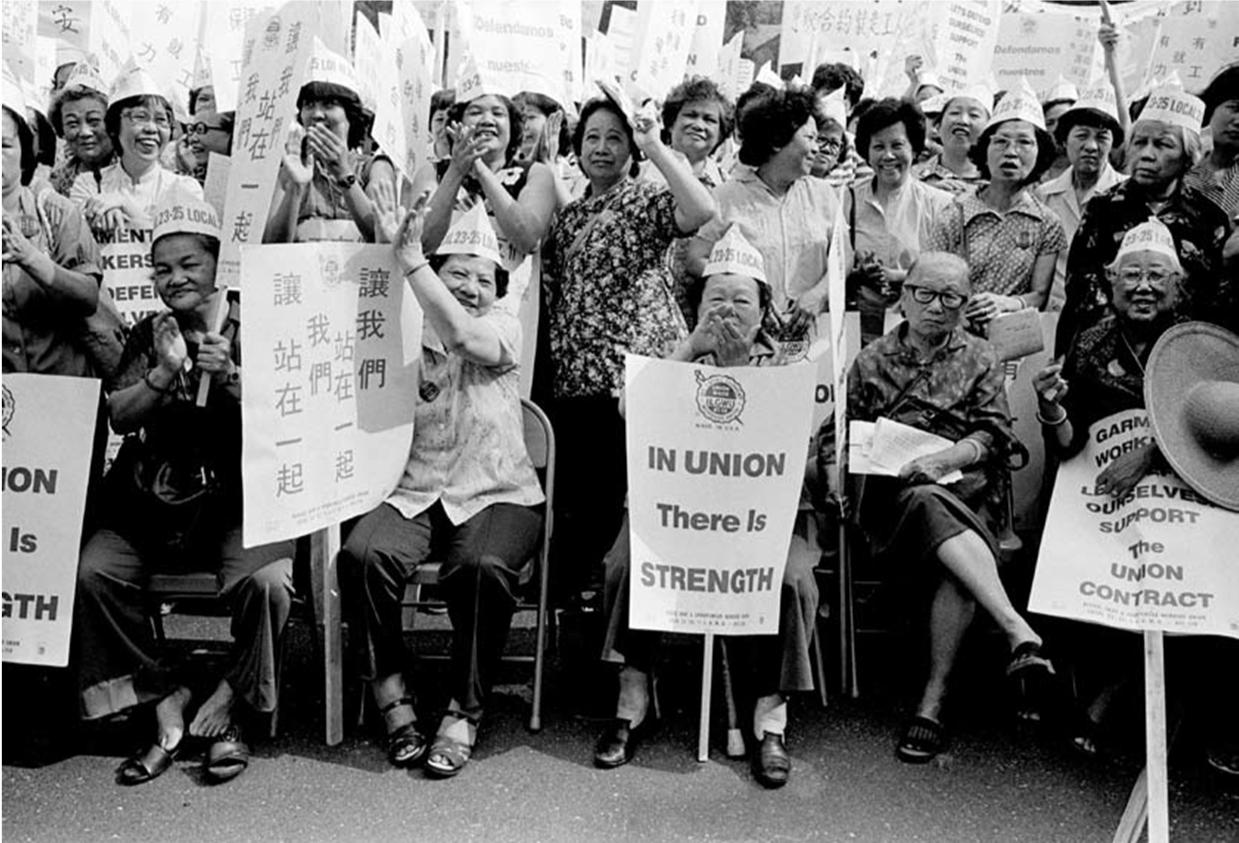The Harvard University Archives is not only a repository of historical documents but also a profound narrative of Harvard history itself. From cherished letters penned by former President John F. Kennedy to groundbreaking correspondence from prominent African American intellectuals like W.E.B. Du Bois, these collections not only highlight the legacy of the university but also reflect broader American themes. The current “Archives Inside Out” exhibition takes visitors on a journey through time, revealing the stories behind the archives while showcasing the impact of university collections on societal understanding. Curated by dedicated archivists, the exhibit emphasizes the meticulous work required to preserve these invaluable artifacts, making Harvard’s rich history accessible to all. As visitors engage with these unique pieces, they gain insight into the role of archives in shaping our collective memory and understanding of pivotal historical moments.
Exploring the realm of historical repositories beyond mere storage, the Harvard University Archives serves as a crucial gateway to understanding both local and national narratives. This vast collection encompasses a variety of artifacts that illuminate the dynamic interplay between Harvard and historical events in America. From personal letters to institutional documents, every piece encapsulates a fragment of history celebrating the university’s role through the ages. The ongoing exhibit illustrates how archival practices have evolved, emphasizing the significance of preserving such materials for future generations. In showcasing these treasures, the archives contribute significantly to the public’s engagement with historical contexts, comparable to Smithsonian exhibitions that celebrate cultural heritage.
Exploring the Harvard University Archives: Preserving History
The Harvard University Archives serve as a crucial repository of historical documents that chronicle the evolution of both the university and the broader arc of American history. Through careful curation, archivists are dedicated to preserving artifacts that reflect significant moments, influential figures, and transformative events in Harvard’s legacy. From letters penned by presidents to correspondences by notable alumni, the archives are treasure troves that tell compelling narratives. Items like the heartfelt note from John F. Kennedy to his classmates exemplify how individual stories intertwine with collective history, thereby enriching our understanding of the past.
In addition to personal letters, the archives feature a diverse array of university collections that include photographs, manuscripts, and artifacts related to various disciplines. The meticulous work of the archivists ensures that these historical documents remain accessible for future generations, allowing for ongoing scholarship and public engagement. By digitizing collections, the Harvard University Archives not only preserve these items but also make them available to a global audience, further democratizing access to Harvard’s storied past.
The Role of Archivists in Preserving Harvard’s Legacy
University archivists play a vital role in documenting and conserving the rich tapestry of Harvard’s institutional history. Their work involves identifying, cataloging, and safeguarding materials that reflect the university’s academic milestones and cultural shifts. Through exhibitions like ‘Archives Inside Out,’ archivists share curated selections from the archives, offering insights into the lives of Harvard students and faculty and their impact on society. For instance, the photographs of ‘women computers’ at the Harvard College Observatory highlight their significant yet often overlooked contributions, illustrating how archival work can shift our perspective on historical narratives.
Moreover, the role of archivists extends beyond mere preservation; it is an engagement with the public to foster appreciation for historical documents. As archivist Sarah Martin emphasizes, the involvement of staff in choosing items for exhibitions allows for a wider representation of voices and narratives within the collections. This collaborative approach not only celebrates diverse histories but also bridges the gap between the archives and the community, making historical scholarship more vibrant and relatable. Such initiatives underscore the notion that history is not static but rather a living narrative that continues to evolve.
Highlighting Harvard’s Historical Documents: A Glimpse Into the Past
Historical documents from the Harvard University Archives provide a window into pivotal moments that shaped not only the university but also the nation. One notable piece is a 1905 letter from W.E.B. Du Bois to his mentor. This correspondence illuminates the discussions around race relations during a time of social upheaval in America. By making such documents accessible to the public, archivists promote a deeper understanding of the complex dialogues that fueled changes in societal dynamics over the past century.
Another compelling example is the bound typescript of ‘We Also Have a Voice,’ documenting the pacifist sentiments among Harvard students during World War II. This collection of firsthand accounts reveals the motivations and philosophies that motivated these students, challenging the prevailing narratives of patriotism at the time. Through these documents, archivists emphasize the importance of preserving voices that might otherwise be marginalized in historical discourse, thus reinforcing the idea that archives not only preserve history but also serve as platforms for diverse perspectives.
The Impact of Digital Archiving on Historical Research
The advent of digital archiving has transformed the way researchers engage with historical documents. The Harvard University Archives have embraced technology to digitize a significant portion of their collections, ensuring that vital resources are accessible to scholars, students, and the public worldwide. This transition to digital formats enables a broader reach, allowing individuals from various backgrounds to explore Harvard’s extensive history without geographical or physical limitations. As a result, the archives are fostering new avenues for research and discovery, exemplifying the evolving nature of information accessibility.
Digital tools not only enhance access but also introduce innovative ways to curate and display archival materials. For example, the use of web archiving to capture contemporary events, such as Harvard’s response to the COVID-19 pandemic, exemplifies how archivists adapt to document ongoing historical moments in real-time. These efforts enrich the historical narrative and provide future generations with comprehensive insights into the challenges and triumphs of the Harvard community during unprecedented times.
Celebrating Women’s Contributions: A Historical Perspective
The contributions of women to Harvard’s history are highlighted through various archival collections, such as the photograph of women computers at the Harvard College Observatory from the early 1900s. This portrayal serves as a reminder of the often unrecognized yet pivotal roles women have played in scientific advancement and academic inquiry. By bringing attention to these figures, the Harvard University Archives not only celebrate their achievements but also inspire future generations of women in STEM fields.
Archives that spotlight diverse contributors help to reshape the narrative around women’s history at Harvard. The visibility granted to such figures challenges traditional gender roles and promotes a more inclusive understanding of institutional history. Furthermore, by preserving their stories within the archives, archivists ensure that these female pioneers receive their rightful recognition, reinforcing the necessity of diversity in historical scholarship and leadership.
The Importance of Collaborative Archival Work
Collaborative efforts among archivists at the Harvard University Archives are crucial for enriching the collections and exhibitions. In initiatives like ‘Archives Inside Out,’ staff from different departments come together to share their favorite finds, each contributing unique insights about the significance of specific items. This collective approach not only showcases the diverse expertise of the archivists but also fosters a sense of community within the archival profession. By working together, they create a compelling tapestry of narratives that reveal the university’s multifaceted history.
Moreover, collaboration extends beyond the archivists to include input from the wider Harvard community. Engaging scholars, students, and alumni in the selection process of exhibited items creates a more inclusive representation of the university’s legacy. This practice cultivates a sense of ownership and pride among community members, as they see their stories and histories reflected in the archival materials. Ultimately, collaborative initiatives enrich the archival experience and deepen the connections between the university and its history.
Continuing Education Through Archival Exhibitions
Exhibitions at the Harvard University Archives play an essential role in public education and engagement. By showcasing curated collections to the public, archivists facilitate a greater understanding of historical contexts and their relevance to contemporary issues. For example, the ‘Archives Inside Out’ exhibit not only highlights individual stories but also invites viewers to reflect on the collective history of the institution and its impact on wider societal narratives. Such educational endeavors provide a platform for discussions around historical significance, fostering critical thinking and lifelong learning.
Through exhibitions, the archives become dynamic spaces for interaction, where visitors can explore artifacts and engage with their histories. This experiential learning approach enhances the appreciation of archival work, illustrating the stories behind the documents. As archivists share their expertise and insights during these exhibitions, they demystify the role of archives and invite the public to become active participants in the preservation and interpretation of history.
Legacy and Future of the Harvard University Archives
As we reflect on the legacy of the Harvard University Archives, it’s vital to consider the ongoing commitment to preserving history for future generations. The work of archivists today lays the foundation for understanding the complex narratives that will shape our future. By continuing to document diverse experiences and voices, they ensure that the archives remain a relevant resource for scholarship and public consciousness. This forward-thinking approach reflects an evolving understanding of the role archives play in forging historical memory.
Looking ahead, the future of the Harvard University Archives will likely involve the integration of more advanced technologies and methodologies. This includes further digitization efforts, enhanced outreach programs, and innovative ways to engage the public with historical documents in the digital age. As society progresses, the archives will adapt to meet the changing needs of researchers and the community, continuously striving to illuminate the past while inspiring inquiry into the future.
Connecting Historical Narratives Through Archival Collections
Harvard’s archival collections are not merely repositories; they are interwoven narratives that connect individuals and events across time. By examining items like sketches from the Harvard Lampoon or letters between notable figures, we observe the intricate web of relationships that have defined the university’s legacy. Archiving these stories provides a rich context for understanding how actions taken in the past influence contemporary culture and society.
Through meticulous curation and preservation, archivists ensure that the threads of these historical narratives remain intact. This entails not only safeguarding documents and artifacts but also interpreting their significance in a way that speaks to modern audiences. By encompassing a variety of perspectives, the Harvard University Archives facilitate a deeper understanding of how history is constructed, thereby enriching the collective identity of the institution and its community.
Frequently Asked Questions
What can I expect to find in the Harvard University Archives?
The Harvard University Archives houses an extensive collection of historical documents, letters, photographs, and institutional records that showcase both Harvard’s history and American culture. Visitors can explore notable items such as correspondence from figures like John F. Kennedy and W.E.B. Du Bois, as well as artifacts that highlight the contributions of women in science.
How does the Harvard University Archives contribute to Harvard’s historical narrative?
The Harvard University Archives plays a crucial role in preserving and interpreting the university’s history by collecting and maintaining documents that reflect the evolution of Harvard and its impact on society. This includes items from various university collections and exhibitions, like the ‘Archives Inside Out’ exhibit, which showcases significant contributions to American history.
Are there any current exhibitions at the Harvard University Archives?
Yes, the Harvard University Archives is currently featuring the ‘Archives Inside Out’ exhibit, which displays select items from their collections, including letters, photographs, and documents that illustrate the rich history of Harvard and its community. The exhibit aims to demystify archival work and enhance public engagement.
How can I access historical documents from the Harvard University Archives?
To access historical documents from the Harvard University Archives, you can visit in person or explore their online collections. The archives are open to researchers and the public, providing opportunities to view an array of primary sources that document Harvard’s institutional history and important cultural narratives.
What is the significance of the ‘Archives Inside Out’ exhibition at Harvard University Archives?
The ‘Archives Inside Out’ exhibition is significant as it curates a selection of objects that tell the story of Harvard while showcasing the expertise of archivists. It highlights items like a handwritten note from John F. Kennedy and documents related to social issues, thereby linking Harvard’s history to broader American narratives.
What types of materials are included in the university collections at Harvard University Archives?
The university collections at the Harvard University Archives include a diverse range of materials such as personal letters, institutional records, photographs, student publications, and artifacts that collectively narrate the history of Harvard and reflect significant societal themes.
Can visitors participate in workshops or educational programs at the Harvard University Archives?
Yes, the Harvard University Archives often offers workshops and educational programs designed to engage the public and researchers with archival materials. These programs aim to enhance understanding of archival practices and access to historical documents.
How does the Harvard University Archives ensure diversity in its collections?
The Harvard University Archives actively works to ensure diversity by focusing on the inclusion of under-represented communities and heritages within its collections. Initiatives like the Equity, Diversity, Inclusion, Belonging, and Antiracism Digitization Program help to broaden the archival record by digitizing and making accessible collections that reflect a wide array of cultural narratives.
What is the impact of digitization on access to Harvard University Archives?
Digitization greatly enhances access to the Harvard University Archives by making a wealth of historical documents available online. This allows researchers, students, and the general public to engage with archived materials from anywhere in the world, promoting wider use and appreciation of Harvard’s historical collections.
How are decisions made about what to add to the Harvard University Archives collections?
Decisions regarding additions to the Harvard University Archives collections are made by the archivists, taking into consideration the historical significance, relevance to Harvard’s mission, and the potential value to researchers. This process includes evaluating donations and determining which items can enhance the university’s comprehensive narrative.
| Item | Description & Context | Archivist |
|---|---|---|
| Letter from John F. Kennedy | A draft letter to members of the Harvard College Class of 1940, offering insights into JFK’s character. | Pam Hopkins, Head of University Archives Reference Services |
| Photograph of Women Computers | Image of women at Harvard College Observatory, highlighting the contribution of women in astronomy. | Alison Macdonald, Records Manager/Archivist for Operations |
| Letter from W.E.B. Du Bois | A correspondence discussing race relations, showcasing the exchange of ideas related to race in America. | Erin Clauss, Lead Processing Archivist |
| Perpetual Calendar by Thomas Hill | A scientific device illustrating Hill’s interest beyond education, showcasing his creativity as a Harvard president. | Dominic P. Grandinetti, Processing Archivist |
| The Harvard Crimson, March 2020 | Screen capture documenting Harvard’s response to COVID-19, highlighting a pivotal moment in history. | Sean Crawford, Collection Development and Records Management Coordinator |
| Sketches from the Harvard Lampoon (1882) | The first donation handled by the Collection Development Archivist, showcasing student creativity. | Alexandra Dunn, Collection Development Archivist |
| Letter from Seamus Heaney to Helen Vendler | A personal note from the poet discussing an incident while visiting a colleague, reflecting friendship and academic life. | Heidi Horner, Collection Development & Records Management Services Assistant |
| Letter from Ragan Henry | A letter between friends discussing life and racial issues in the 1950s, embodying personal connections across cultures. | Jehan Sinclair, Processing and Digitization Archivist |
| Bound typescript of Harvard Pacifists’ Story | Documenting experiences of students opposed to military service during WWII, highlighting active civic engagement. | Ed Copenhagen, Reference Archivist |
Summary
Harvard University Archives serves as a vital repository of rich history, capturing significant moments related to both Harvard and America. The recent exhibit, ‘Archives Inside Out’, exemplifies this mission by showcasing a diverse array of artifacts that tell compelling stories from various perspectives. From letters of notable figures like John F. Kennedy to personal correspondence reflecting the experiences of marginalized communities, the items on display illustrate the integral role that archives play in preserving the narratives that shape our understanding of the past. By making these artifacts accessible, the Archives fosters a deeper appreciation for Harvard’s institutional legacy and encourages engagement with the shared history of the nation.



